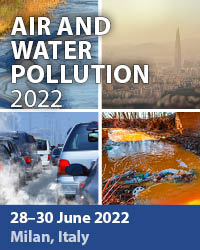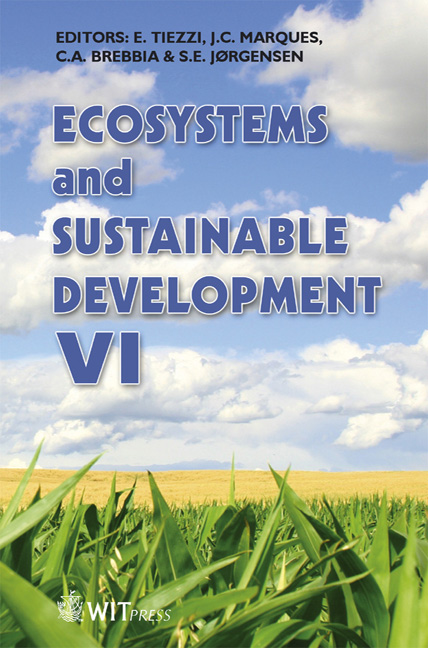River Water Qualities And Types Of Agricultural Production –a Comparison Between Paddy Farming And Intensive Livestock Production Areas
Price
Free (open access)
Transaction
Volume
106
Pages
8
Published
2007
Size
253 kb
Paper DOI
10.2495/ECO070391
Copyright
WIT Press
Author(s)
S.-I. Mishima
Abstract
The nitrogen (N) flows in the Omoigawa and Nakagawa river basins in Tochigi prefecture, central Japan, in 2000 have been estimated. Omoigawa was characterized as a paddy rice – upland field area and Nakagawa as an intensive livestock farming area. Residual N caused by agricultural production in Omoigawa was caused mainly by chemical fertilizer application and that in Nakagawa by livestock excreta. Residual N from agricultural production per farmland area was the same (c. 110 kg N ha–1), and occupation of farmland was also the same (c. 20%). Because Omoigawa is a smaller river basin than Nakagawa, total residual N in Omoigawa was 2,093 Mg and that in Nakagawa was 2,469 Mg. Nitrogen flow in river water was divided into sewage-derived N and non-point-source-derived N, mainly from agricultural production. Nonpoint- source N in Omoigawa was 2,467 Mg and that in Nakagawa was 1,426 Mg, in spite of the smaller residual N in Omoigawa. This difference might be caused by differences in sources of residual N in each basin, and chemicalfertilizer- derived N might be more easily leached to the water environment than livestock-excreta-derived N. This difference should be considered in vulnerability assessments of water environments. However, livestock excreta N will eventually leach out too, so intensive livestock farming cannot be said to have a lower effect on water environments and be more sustainable than chemical-fertilizer-dependent agriculture. Increasing sustainability and reducing impacts will help achieve complete N cycling in river basins with minimal N input from outside. Keywords: agriculture, nitrogen cycling, nitrogen surplus, river water.
Keywords
agriculture, nitrogen cycling, nitrogen surplus, river water.





